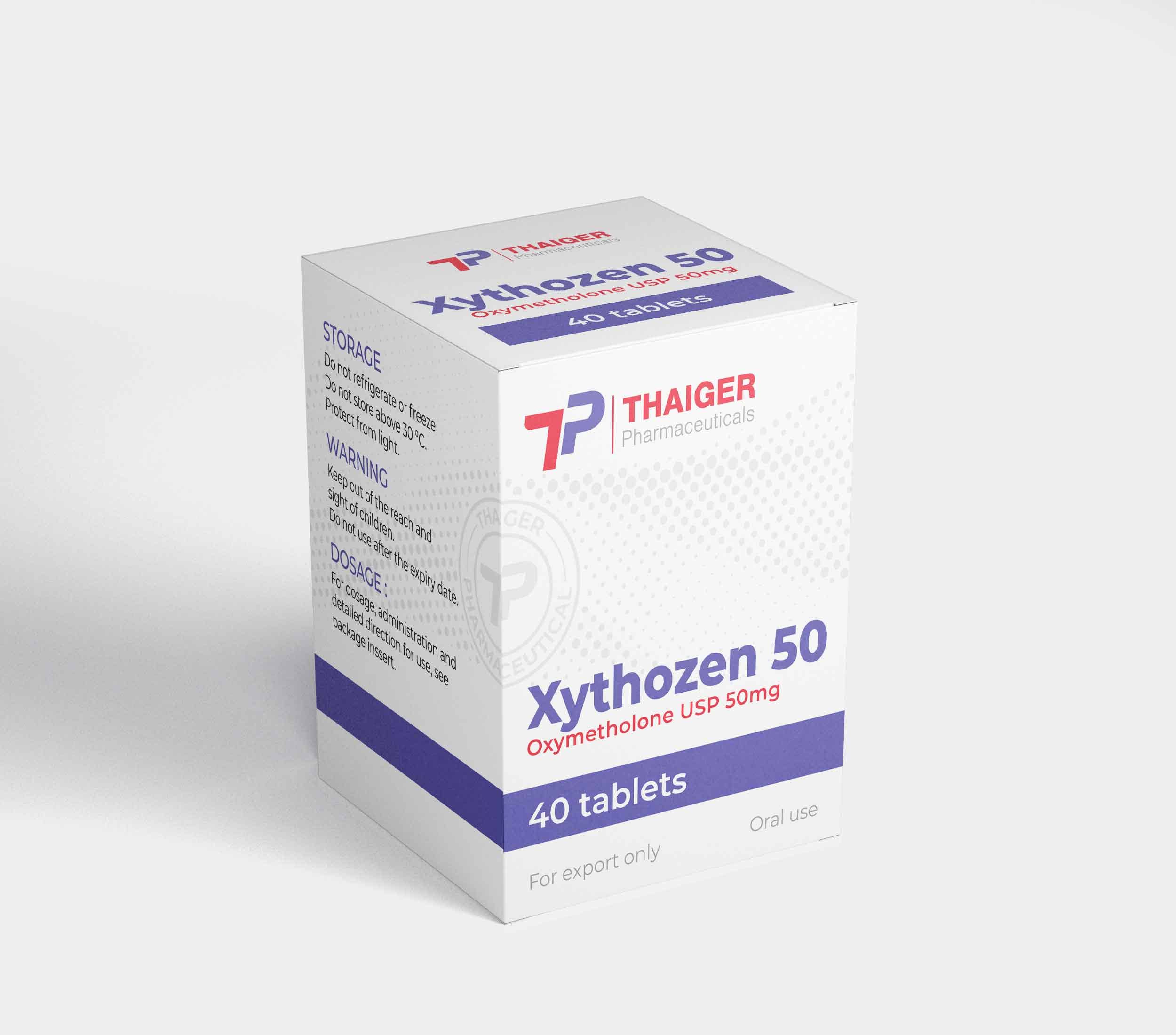Product Description
Oxymetholone is available in tablet form and comprises the active substance Oxymetholone – a potent anabolic steroid known for its ability to enhance protein synthesis and stimulate the production of erythropoietin, thereby activating hematopoiesis, which involves the formation of blood cells.
This medication is primarily used to address symptoms of anemia caused by deficient red blood cell production. Conditions such as congenital aplastic anemia, acquired aplastic anemia, myelofibrosis, and hypoplastic anemias resulting from myelotoxic drug administration often show positive responses to Oxymetholone. Its usage contributes to increased hemoglobin synthesis. However, Oxymetholone is not a substitute for other supportive measures like iron correction, folic acid or vitamin B12 supplementation, transfusion, antibacterial therapy, and appropriate corticosteroid use.
The drug is contraindicated in patients with the following conditions:
- Prostate cancer.
- Male breast cancer.
- Breast cancer in females with hypercalcemia.
- Pregnancy and lactation. Women who are planning or may become pregnant should avoid using this drug as it can potentially harm the fetus.
- The nephrotic phase of nephritis or nephrosis.
- Severe hepatic dysfunction.
- Severe kidney disease.
- Hypersensitivity to the drug.
Dosage and Side Effects
The recommended daily dosage for adults ranges from 1 to 5 mg/kg of body weight per day. Normally, dosages between 1 to 2 mg/kg/day are sufficient for effective treatment, and higher doses are tailored based on individual needs.
Elderly patients should exercise caution when determining the dose, typically commencing at the lower end of the dosing spectrum.
The course duration extends up to 6 months. Oxymetholone's response is usually not immediate, often becoming noticeable after 3 to 6 months. After achieving remission, some patients may discontinue the drug, while others may require a lower daily dosage. Patients with congenital aplastic anemia typically necessitate a consistent maintenance dose.
As with all medications, Oxymetholone may induce side effects. The following adverse reactions can manifest in both men and women:
- Cholestatic jaundice, rarely leading to hepatic necrosis and fatalities. Reports exist of liver-related conditions such as hepatocellular neoplasms and peliosis associated with long-term anabolic steroid therapy.
- Bleeding in patients concurrently undergoing anticoagulant therapy, or iron-deficiency anemia.
- Risk of developing leukemia (refer to CARCINOGENESIS).
- Gastrointestinal issues like nausea, vomiting, and diarrhea.
- Emotional disturbances such as excitement and insomnia.
- Fluctuations in libido, either reduced or increased.
- Fertility-related disorders.
- In women, hirsutism and male-pattern baldness; in men, male-pattern hair loss.
- Acne occurrences, particularly common in women and prepubertal boys.
- Premature closure of epiphyses in children (refer to PRECAUTIONS) and muscle cramps.
- Edema.
- Chills.
- Elevated excretion of creatine and creatinine, increased serum levels of creatinine phosphokinase (CPK). Temporary alterations in liver function tests might occur, including heightened Bromsulphalein (BSP) retention and elevated serum bilirubin, glutamine oxaloacetic transaminase (SGOT), and alkaline phosphatase levels.
Additional side effects occurring specifically in men include:
- Gynecomastia.
- Phallic enlargement and increased frequency of erections.
- Testicular atrophy, oligospermia.
- Impotence.
- Chronic priapism.
- Inhibition of testicular function.
- Epididymitis.
- Bladder irritability and reduction in seminal volume.
Women may exhibit signs of virilization, such as:
- Deepening of the voice.

